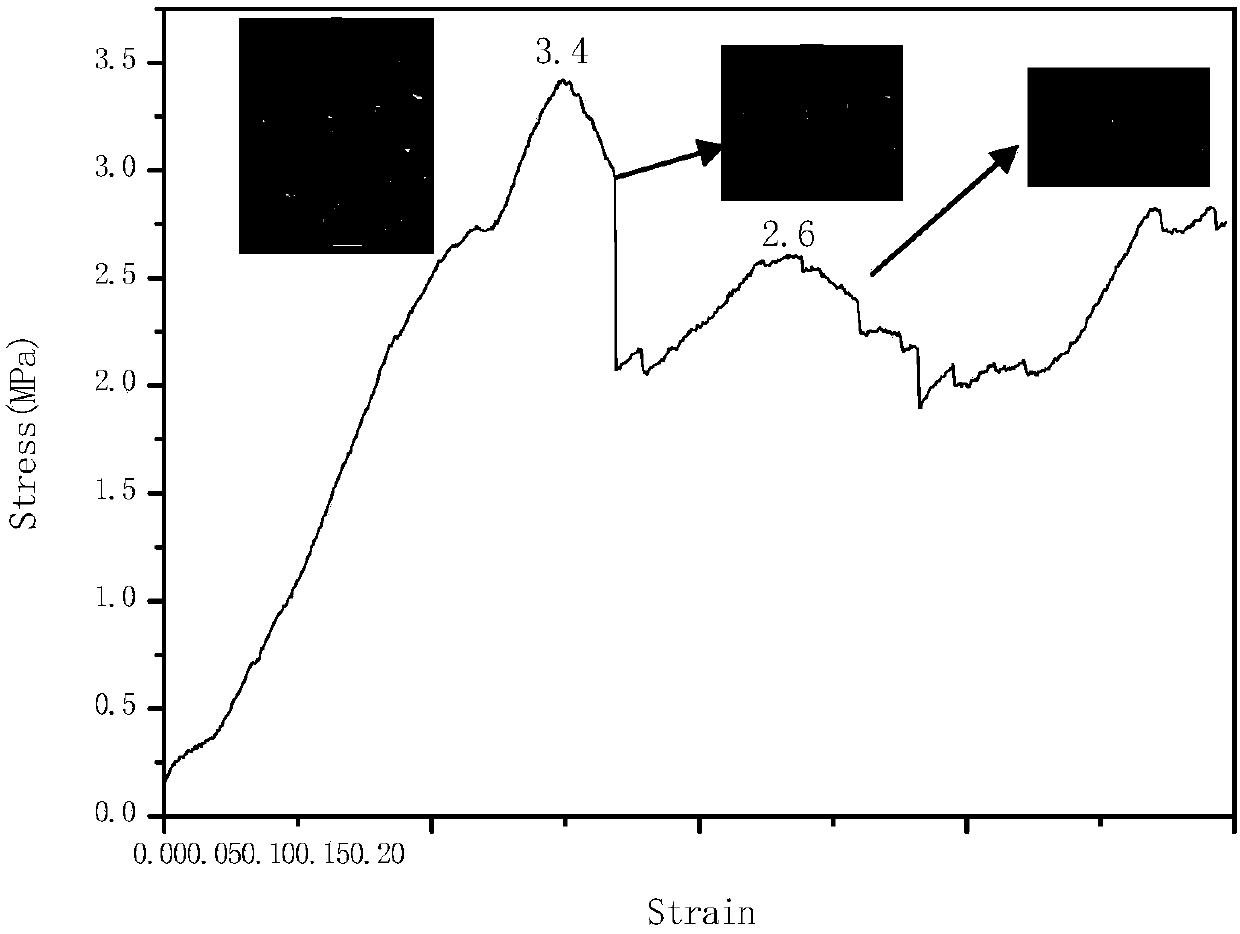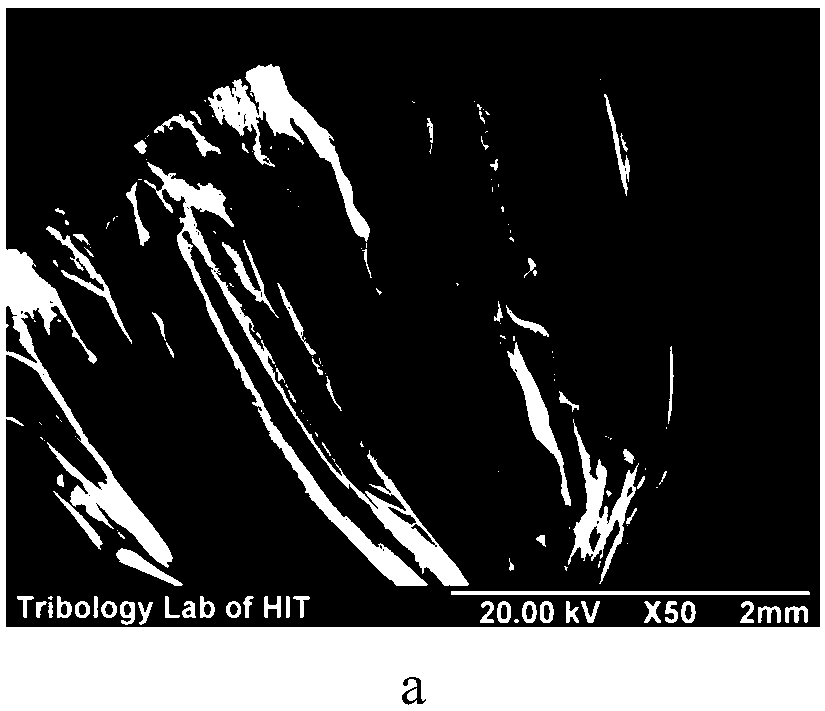Composite scaffold for improving gaps and pores to promote cell adhesion rate and preparation method
A composite scaffold and adhesion rate technology, applied in the field of composite scaffolds, can solve the problems of increasing patient pain, prolonging treatment time, increasing treatment costs, etc., and achieving the effects of slowing cell reproduction, avoiding interference, and rapidly treating bone defects
- Summary
- Abstract
- Description
- Claims
- Application Information
AI Technical Summary
Problems solved by technology
Method used
Image
Examples
preparation example Construction
[0059] Such as figure 1 As shown, the embodiment of the present invention provides a method for preparing a composite scaffold with improved voids and pores to promote cell adhesion rate, comprising the following steps:
[0060] S101: Obtain CS / HA scaffolds with pores and spherical pores by in situ hybridization technique and freeze-drying method;
[0061] S102: Link CS and RGD peptides by hydrogen bonds, modify RGD peptides on the surface of CS / HA scaffold pores by electrostatic self-assembly method, and prepare three-dimensional porous scaffolds containing RGD peptides for CS / HA to efficiently adhere to cells.
PUM
| Property | Measurement | Unit |
|---|---|---|
| porosity | aaaaa | aaaaa |
| diameter | aaaaa | aaaaa |
| porosity | aaaaa | aaaaa |
Abstract
Description
Claims
Application Information
 Login to View More
Login to View More - R&D
- Intellectual Property
- Life Sciences
- Materials
- Tech Scout
- Unparalleled Data Quality
- Higher Quality Content
- 60% Fewer Hallucinations
Browse by: Latest US Patents, China's latest patents, Technical Efficacy Thesaurus, Application Domain, Technology Topic, Popular Technical Reports.
© 2025 PatSnap. All rights reserved.Legal|Privacy policy|Modern Slavery Act Transparency Statement|Sitemap|About US| Contact US: help@patsnap.com



